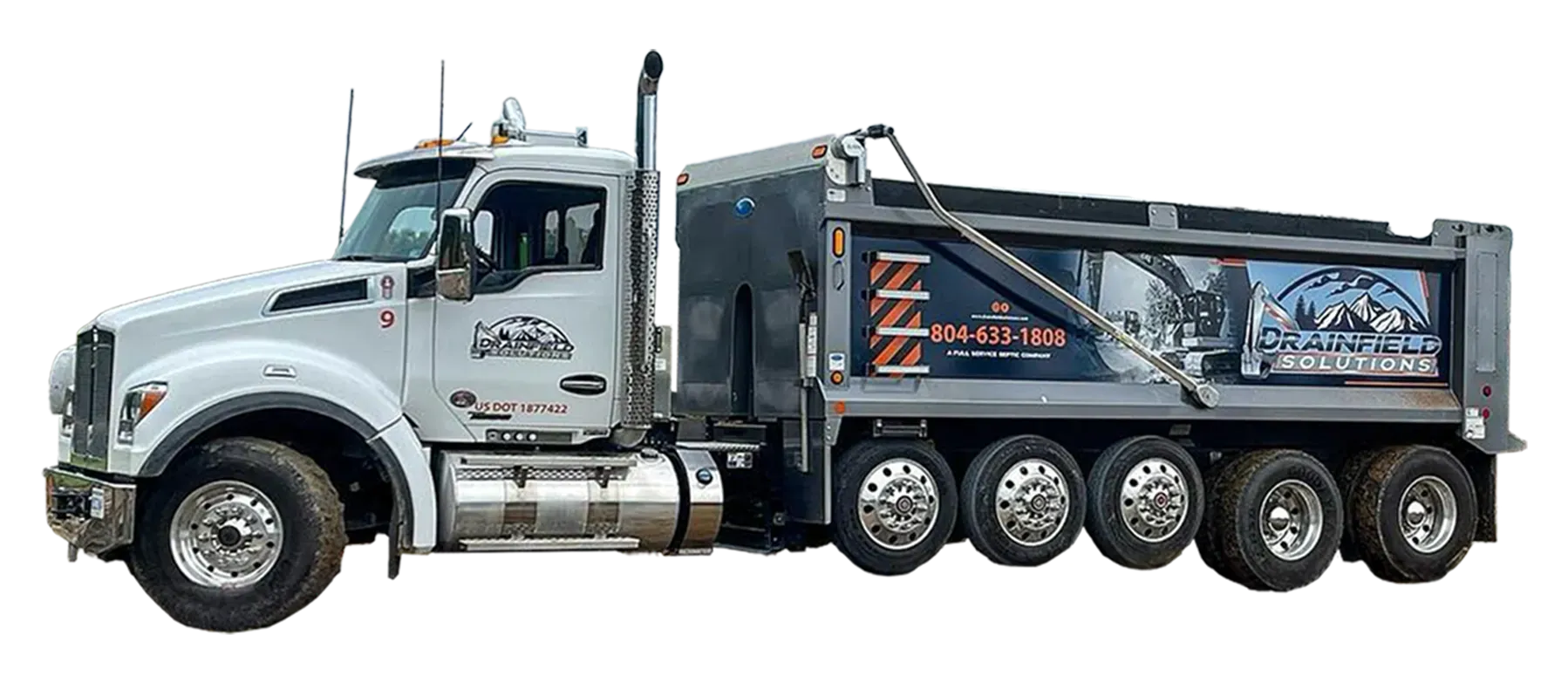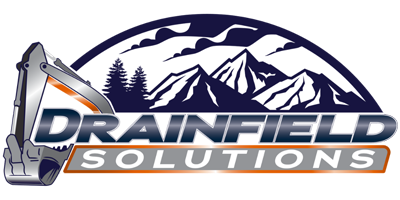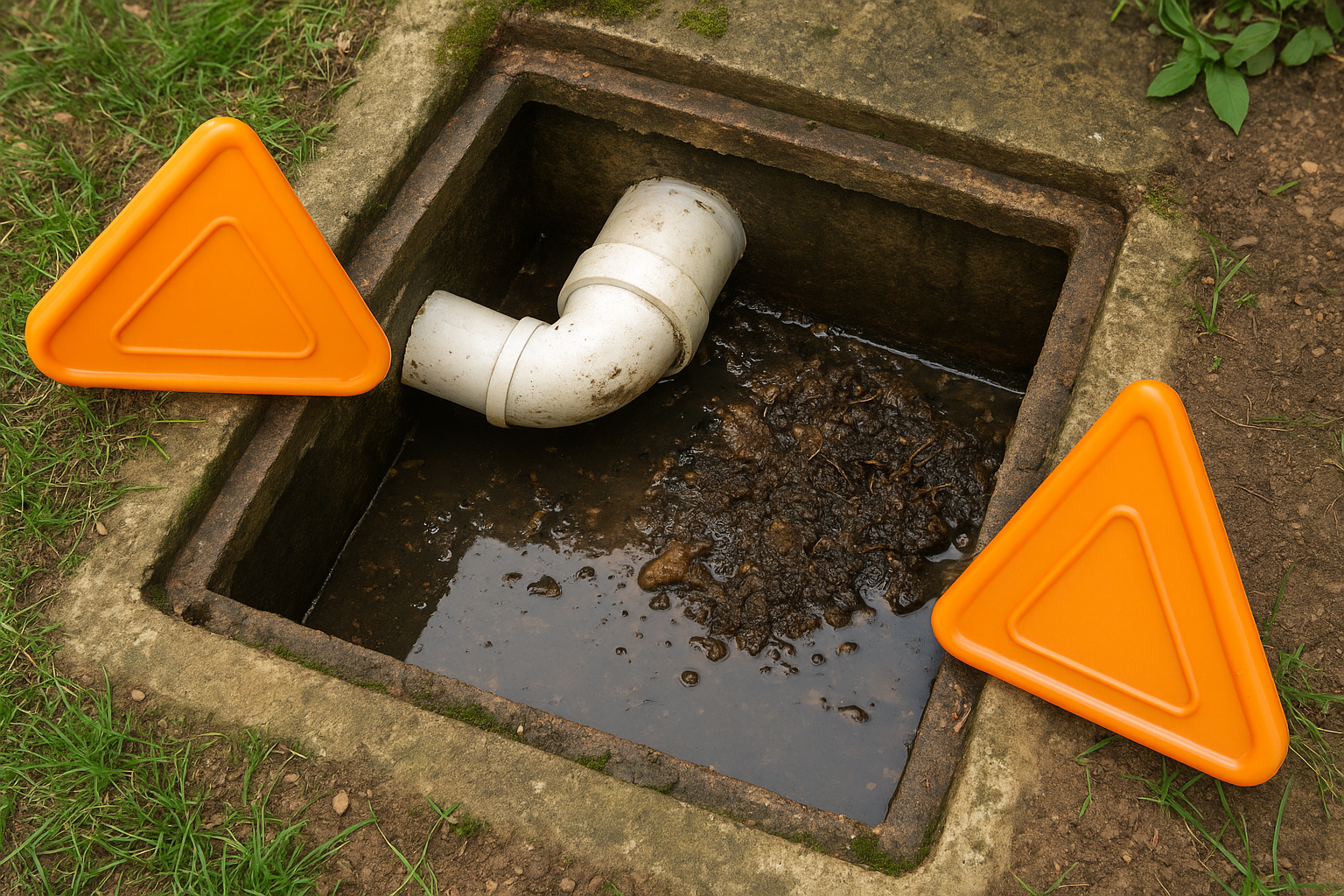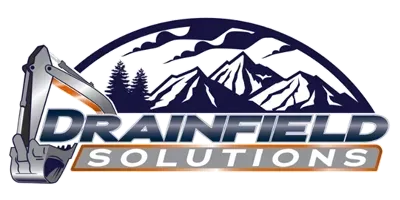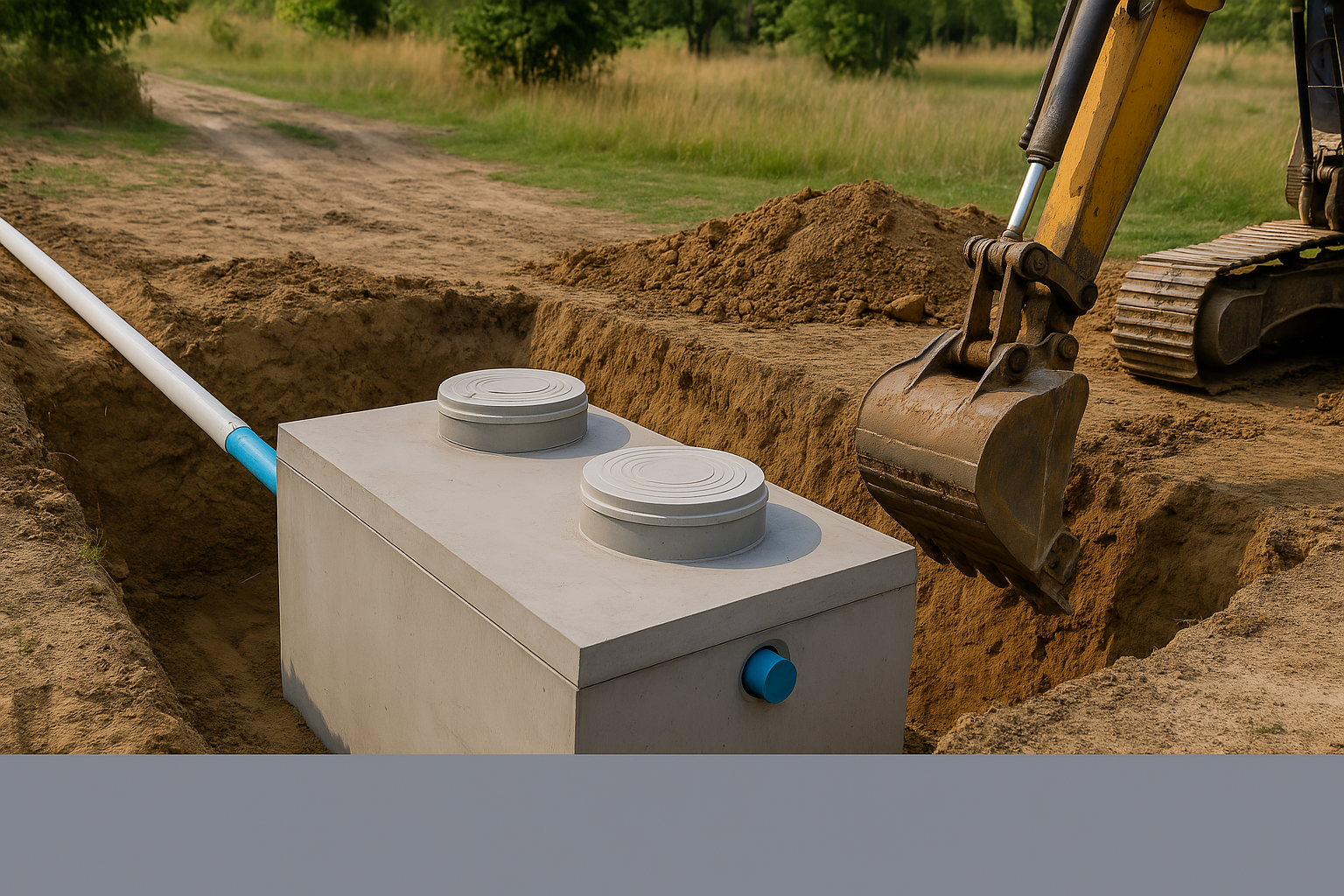
Guide to Septic System Installation
April 11, 2025
Installing a septic system is an important investment for any property not connected to a municipal sewer system. A properly installed system ensures efficient wastewater management, protects the environment, and supports the long-term functionality of your home. Understanding the installation process and the cost to install a septic system can help homeowners make informed decisions.
At Drainfield Solutions, we have been providing expert septic system installation, septic tank maintenance, and septic drainfield repairs since 2005. Serving Central Virginia, we take pride in delivering reliable and eco-friendly wastewater solutions tailored to each property’s needs.
Step-by-Step Guide to Septic System Installation
1. Site Evaluation and Permits
A professional site evaluation is necessary to determine the best location for your septic system. Factors such as soil type, water table levels, and available space influence the type of system needed. If soil conditions are not ideal, alternative septic systems such as an aerobic septic system or a mound system may be required.
Local health department permits must be obtained before installation. Regulations vary by location, and Drainfield Solutions in Central Virginia ensures compliance with all necessary requirements in Virginia.
2. Choosing the Right Septic System
The best septic system depends on property conditions and household needs. Common options include:
- Conventional Septic System: A septic tank and drainfield that naturally filters wastewater.
- Aerobic Septic System: Uses oxygen to break down waste efficiently, suitable for properties with poor soil absorption.
- Mound System: A raised drainfield designed for areas with shallow soil or high water tables.
- Drip Distribution System: Distributes wastewater through a network of pipes in areas with challenging terrain.
Selecting the right system affects overall installation costs and long-term performance.
3. Excavation and Septic Tank Installation
Excavation is required to prepare space for the septic tank and drainfield. The septic tank, made of concrete, fiberglass, or polyethylene, is placed carefully to ensure proper wastewater flow. Concrete tanks offer durability, while fiberglass and polyethylene options are lighter and easier to install but require anchoring to prevent shifting.
4. Installing the Drainfield
The drainfield disperses treated wastewater into the soil. Proper site selection ensures effective filtration and prevents groundwater contamination. Soil composition plays a significant role in drainage performance, and adjustments may be needed to optimize system function.
5. System Connection and Testing
After installation, the system is connected to the home’s plumbing. Final inspections ensure proper function, and approval from local authorities may be required before use.
Septic System Maintenance for Longevity
Routine maintenance prevents costly septic system problems. Key steps include:
- Septic Tank Pumping: Tanks should be pumped every 3-5 years to remove solid waste buildup.
- Water Conservation: Excessive water usage can overload the system. Spread out laundry loads and repair leaks.
- Proper Waste Disposal: Avoid flushing grease, wipes, and chemicals that can damage the system.
- Regular Septic Tank Inspections: Annual inspections identify potential issues before they become major repairs.
Why Choose Drainfield Solutions?
With 20 years of experience, Drainfield Solutions provides professional septic system installation and maintenance services in Central Virginia. We take pride in offering high-quality, reliable septic solutions to Bowling Green, Ruther Glen, Fredericksburg, Mechanicsville, Stafford, Falmouth, Dahlgren, King George, Mineral, Richmond City and surrounding areas. Our team handles everything from site evaluations and permits to excavation and inspections, ensuring a seamless process. As a family-owned company, we prioritize quality service and customer satisfaction.
For expert septic solutions, call
804-633-1808
or visit our contact page to schedule an inspection or consultation. Whether you need a new septic tank, repairs, or routine maintenance, our team is here to help.
Share Post
Latest Posts
Ready to Take the Next Step?
Whether you're in need of a system inspection or regular maintenance, Drainfield Solutions is here to help. Get in touch today for reliable service you can trust.
